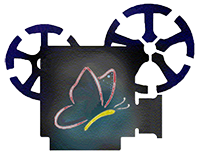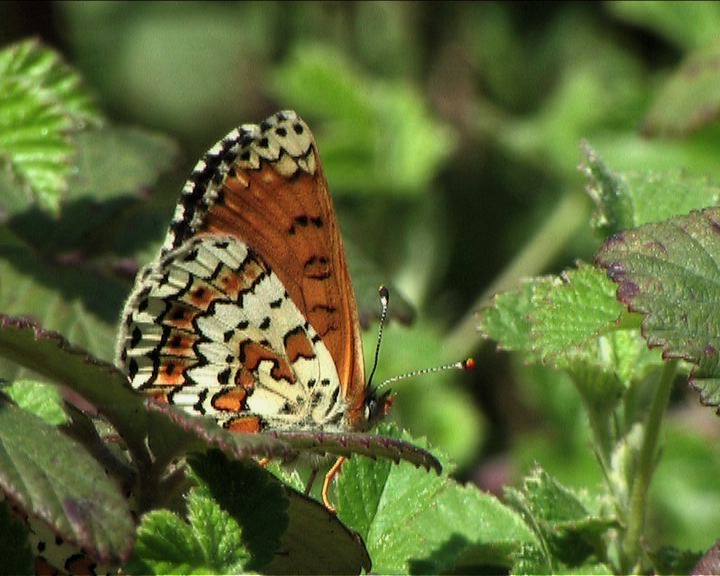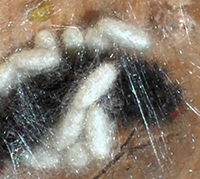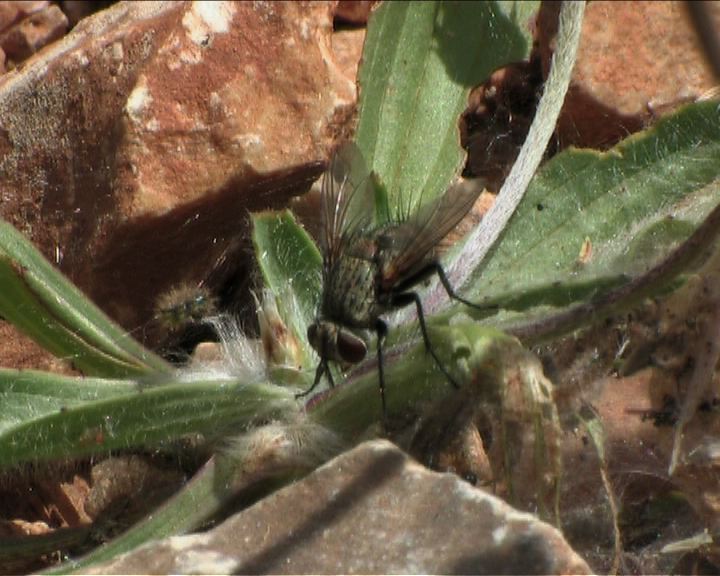

The Glanville Fritillary (Melitaea cinxia Linné, 1758)
In the South of France, the Glanville Fritillary flies in two generations, from April to June and from July to September, and inhabits open grassland. The female lays eggs in large groups, under the leaves of Plantain (Plantago lanceolata and P. major). After 15 days, the eggs hatch. The caterpillars live in a collective silk nest, until their 5th stage. Once mature, they go in search of a place to pupate. The descendants of the second generation overwinter in their 5th stage.

Parasitoids
The parasitoid wasp Cotesia melitaearum-agg. parasitises the caterpillars of Melitaea cinxia. This parasitoid is known from various Melitaeini (e.g. Euphydryas aurinia, E. desfontainii, Melitaea athalia, M. deione, M. parthenoides, M. didyma and M. cinxia). However in this aggregate many different Cotesia species have been found through DNA studies. Although morphologically they all look the same, each is specialised to a narrow range of Melitaeini hosts. The provision of formal names for them is on the way.
Remarks and identification by Dr. Mark R. Shaw

Erycia festinans (Meigen, 1824) is a fly from the family Tachinidae parasitizing caterpillars of the Glanville fritillary (Melitaea cinxia) and the Spotted Fritillary (M. didyma). This tachinid puts fully developed larva (instar 1) in the silken nests of the Glanville fritillary. The larva (maggot) penetrates the skin and develops inside the body of the caterpillar (endoparasitoid).
Identified by Dr. Hans-Peter Tschorsnig
